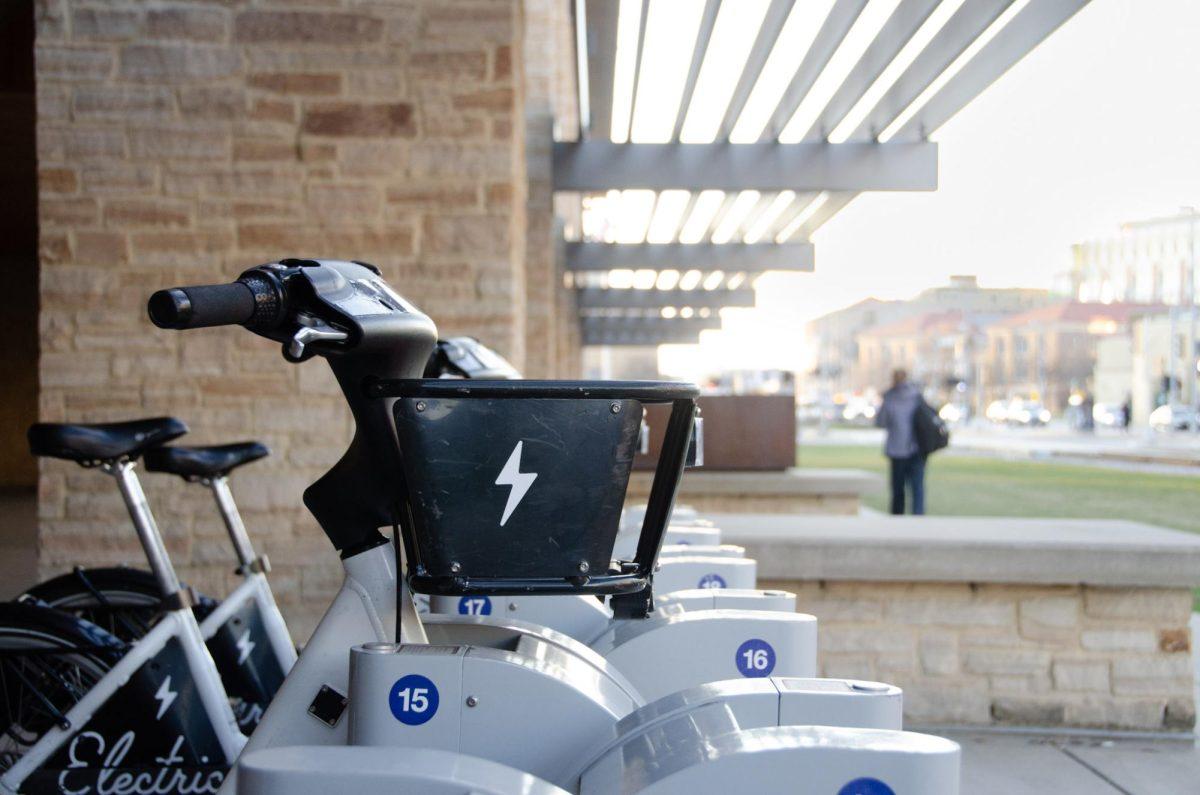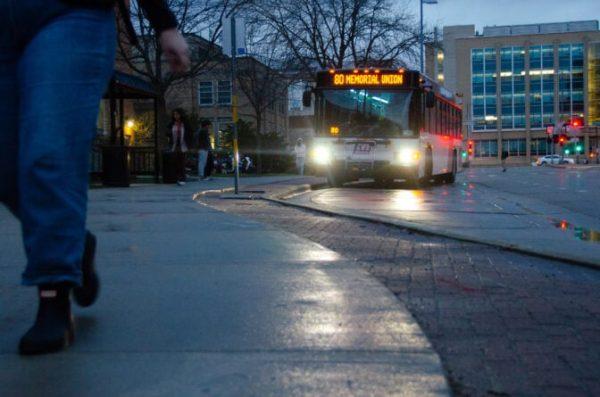From 2013 to 2021, the number of electric and hybrid vehicles in Wisconsin increased by 32%, according to the Wisconsin Department of Transportation. This increase includes usage rates among students on the University of Wisconsin campus.
The influx of electric micromobility devices — skateboards, bicycles and scooters — among UW students in particular is primarily due to the vehicles’ timeliness and convenience, UW Traffic Operations and Safety Laboratory Director David Noyce said in an email to The Badger Herald.
The vehicles also save human energy and the electric motor does not produce environmentally harmful carbon emissions, UW professor of transportation engineering Xiaopeng Li said.
But electric motor vehicles are still relatively new and many people need to learn how to operate them properly, Li said. The vehicles are heavier and faster than traditional devices, making them especially dangerous for those with mobility limitations, including senior citizens, Li said.
“If they crash and fall over, the injuries are more significant than regular vehicles,” Li said. “The safety risk is still very salient.”
Micromobility users rarely employ protective equipment when riding, and e-bike facilities do not provide helmets with the rentals, Noyce said. Additionally, if users ride along with cars or pedestrians, it can be difficult to safely adjust their speed to the particular traffic, Noyce said.
In 2020, Madison was ranked second in a list of the top US cities for biking, according to People for Bikes. Though Madison has an abundance of bike lanes and trails, there is still room for further improvement and research, Li said.
“We need to conduct some more studies to fully understand the new safety risks and other challenges associated with this technology,” Li said.
Lanes for bikes versus heavier motor vehicles need to be more physically distinct and separated, Li said. In addition, there are not enough widely available charging stations, which can help promote the use of electric bike technology, Li said.
The UW campus succeeds at providing moped parking, bike lanes and colored pedestrian crossings, but it is always safer to separate modes of transportation, Noyce said.
“Overall, we are doing a good job,” Noyce said. “Nevertheless, you cannot design infrastructure that overcomes bad user behavior and violations of the rules of the road.”











